Table of content
Introduction
Dried scallops, also known as “瑶柱” in Chinese cuisine, are a premium ingredient cherished for their rich, umami-laden flavor and delicate texture. These treasures of the sea, derived from the dried adductor muscles of certain types of sea scallops, have been a staple in Asian kitchens for centuries, adding depth and sophistication to dishes ranging from soups and stir-fries to rice and noodles. However, mastering the art of cooking dried scallops can be tricky, especially for those unfamiliar with their unique cooking requirements. One of the most frequently asked questions among home cooks is, “How long do I need to cook dried scallops to ensure they are perfectly tender and flavorful?”
In this comprehensive guide, we will delve into the intricacies of cooking dried scallops, exploring various cooking methods, timing considerations, and tips to help you achieve the best results. Whether you’re a seasoned chef or a novice in the kitchen, this guide will provide you with the insights and techniques you need to bring out the full potential of this exquisite ingredient.
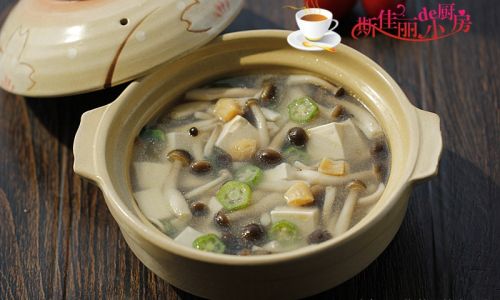
Understanding Dried Scallops
Before we dive into the cooking process, it’s essential to understand the basics of dried scallops. These seafood delicacies are typically sourced from large sea scallops, which are meticulously cleaned, graded based on size, and then dried under controlled conditions. The drying process浓缩了their natural flavors and concentrates their umami, making them an indispensable component in many high-end dishes.
Dried scallops come in various grades, with premium grades being larger, more uniform in size, and having a darker, more glossy appearance. They are also more expensive due to their superior taste and texture. When purchasing dried scallops, it’s crucial to choose a reputable supplier to ensure you’re getting genuine, high-quality products.
Preparation Before Cooking
Before cooking dried scallops, proper preparation is key. Here are a few steps you should follow:
-
Soaking: Soaking dried scallops in cold water for several hours or overnight helps to soften them and rehydrate them, making them more pliable and easier to cook. Use filtered or bottled water to avoid imparting unwanted flavors. Change the soaking water once or twice during the process to remove any impurities.
-
Rinsing: After soaking, rinse the scallops gently under cold running water to remove any remaining sand or debris. Pat them dry with paper towels to remove excess moisture.
-
Inspection: Examine the scallops closely for any hard, dry patches or bits of shell. These should be trimmed away using a sharp knife.
-
Sizing: Depending on your recipe, you may need to slice or shred the scallops into smaller pieces. Use a sharp knife to ensure clean cuts and minimal waste.
Cooking Methods and Timing
The cooking time for dried scallops can vary depending on the method you choose, the size and grade of the scallops, and your personal preference for texture and flavor. Below are some popular cooking methods and their respective timing guidelines:
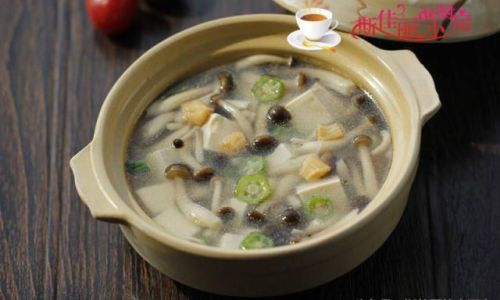
Boiling
Boiling is a straightforward method for cooking dried scallops, especially if you plan to use them in soups or broths.
- Steps: Bring a pot of water to a boil. Add the soaked and dried scallops. Reduce the heat to a simmer.
- Timing: Cook for about 10-15 minutes, or until the scallops are tender but not overly soft. Overcooking can result in a mushy texture.
- Tips: Use a gentle simmer to avoid breaking up the scallops. You can test for doneness by gently pressing on a piece with a fork; it should give easily but still hold its shape.
Steaming
Steaming is a healthier cooking method that preserves the natural flavors and nutrients of the scallops.
- Steps: Place the soaked and dried scallops in a heatproof dish or steaming basket. Set up a steamer and bring the water to a boil.
- Timing: Steam for about 10-12 minutes, or until the scallops are tender and slightly translucent.
- Tips: Ensure the steamer is well-sealed to maintain consistent heat and moisture. You can add a few slices of ginger or a splash of Shaoxing wine to the steaming water for added flavor.
Stir-Frying
Stir-frying dried scallops is a quick and effective way to incorporate their rich flavor into dishes like stir-fries, fried rice, or noodles.
- Steps: Heat a small amount of oil in a wok or frying pan over medium-high heat. Add the soaked and patted-dry scallops.
- Timing: Stir-fry for about 2-3 minutes, or until they turn golden brown and fragrant. Be careful not to overcook, as they can burn quickly.
- Tips: Use a high smoking point oil like peanut or vegetable oil. Stir constantly to ensure even cooking and prevent sticking.
Soup Simmering
Adding dried scallops to soups and allowing them to simmer slowly extracts their maximum flavor into the broth.
- Steps: Prepare your soup base (e.g., chicken, vegetable, or pork broth). Add the soaked and dried scallops to the pot.
- Timing: Simmer for at least 1-2 hours, or until the broth is deeply flavored and the scallops are tender.
- Tips: For richer flavor, you can simmer the scallops with other aromatic ingredients like ginger, garlic, and Chinese herbs. Strain out the scallops before serving the soup if you prefer a cleaner presentation.
Slow Cooking
Slow cooking dried scallops in a crockpot or slow cooker allows the flavors to meld together gently over an extended period.
- Steps: Place the soaked and dried scallops in the slow cooker with your chosen ingredients and broth. Set to low heat.
- Timing: Cook for 4-6 hours, or until the scallops are tender and the broth is flavorful.
- Tips: Add vegetables, meats, or tofu towards the end of cooking to prevent them from becoming overly soft. Adjust seasoning to taste before serving.
Tips for Perfect Dried Scallops
- Quality Matters: Always use high-quality dried scallops for the best results. Inferior quality scallops may not soften properly or may have an unpleasant taste.
- Storage: Store dried scallops in an airtight container in a cool, dry place. Once opened, they can be kept in the refrigerator for up to a month.
- Pairing: Dried scallops pair well with a variety of ingredients, including mushrooms, seafood, pork, chicken, and vegetables. Experiment with different combinations to find your favorite flavors.
- Flavor Extraction: To maximize flavor extraction, consider soaking the scallops in a mixture of water and Shaoxing wine or dry sherry overnight. This will infuse them with additional depth and complexity.
- Texture Preference: Some people prefer their dried scallops to have a slight bite, while others like them completely tender. Adjust cooking time accordingly to suit your taste.
Conclusion
Cooking dried scallops may seem like a delicate task, but with the right knowledge and techniques, you can easily master this culinary art. Whether you choose to boil, steam, stir-fry, simmer, or slow cook your scallops, the key is to pay attention to cooking time, monitor the texture, and experiment with different flavors and ingredients to find what suits your palate best. Remember, the beauty of dried scallops lies in their ability to elevate any dish to new heights of flavor and sophistication. With this guide as your companion, you’re well-equipped to unlock the full potential of these seafood treasures and create memorable meals that will delight your family and friends. Happy cooking!

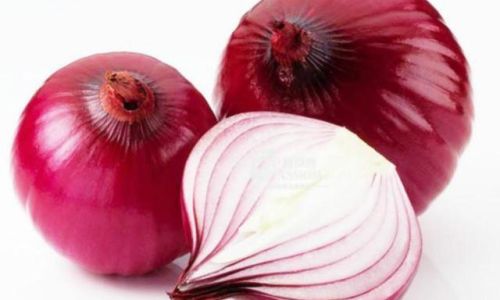
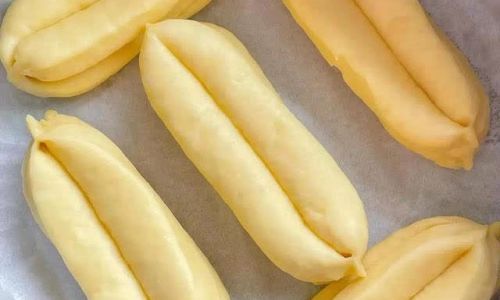
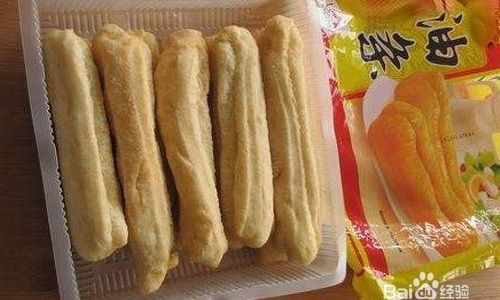
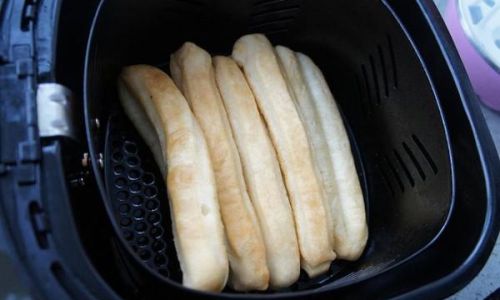
0 comments